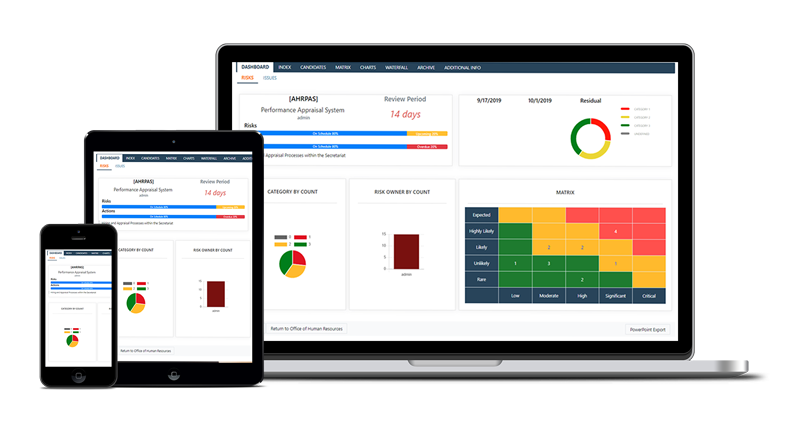There is currently a hot debate about what the term “risk” really means, and whether it is always and only about negative things. The traditional position is to define risk as “an uncertainty that could have an adverse effect leading to loss, harm or damage”. This has influenced the scope of the risk management process, which aims to avoid or minimise potential problems by acting proactively. Indeed traditional risk management has been very successful in this aim, and it is now seen as a major contributor towards achieving project and business objectives.
However, using the risk process to deal only with the downside of uncertainty is an inevitable one-way street. If the process identifies only threats that could have an adverse effect, then responses designed to address these threats can only at best bring the project or business back on target. It is much more likely that recovery of any deviation will be partial at best, leaving a shortfall in performance.
The realisation that threat-focused risk management only offers damage limitation has led to consideration of upside or positive risk – those uncertainties that could bring additional benefits if they were to occur – also known as “opportunities”.
The definition of opportunity as “an uncertainty that could have a positive effect leading to benefits or rewards” is very similar to the traditional definition of “risk”. In fact opportunity could be seen as just another form of risk : a risk with negative impacts is a threat, whereas a risk with a positive impact is an opportunity.
One side of the risk definition debate has concluded that risk should include both threat and opportunity, and that risk management should also address both types of uncertainty, seeking to minimise threats and maximise opportunities. This perspective is being reflected increasingly in risk management standards and professional guidelines, as well as in the practice of leading organisations.
So is opportunity just the flip-side of threat? A standard examination question for medical students states “Health is not the absence of disease : discuss.” In the same way that peace is not the absence of war, or happiness is not the absence of sadness, it is also true that opportunity is not the absence of threat.
Of course, some opportunities are created when threats are removed (if staff do not take industrial action we could introduce an incentive scheme), and other opportunities are simply the inverse of related threats (instead of productivity being lower than planned, it might be higher). But there are also “pure opportunities” unrelated to threats : uncertain events or circumstances which would produce real additional benefits, if they could be captured proactively and exploited.
As well as identifying and addressing threats, it is equally important to seek and maximise opportunities, in order to optimise achievement of objectives. This is reflected in the Risk Doctor logo, where the right side of the stethoscope forms a question-mark. The logo indicates that risk is fundamentally about uncertainty, and that this can be both diagnosed and treated. But following the stethoscope leads to two possible end- points, one negative and one positive, since the risk management process can address both threats and opportunities, and can minimise problems as well as enhance benefits.
© Copyright 2003 , David Hillson/Risk Doctor & Partners






